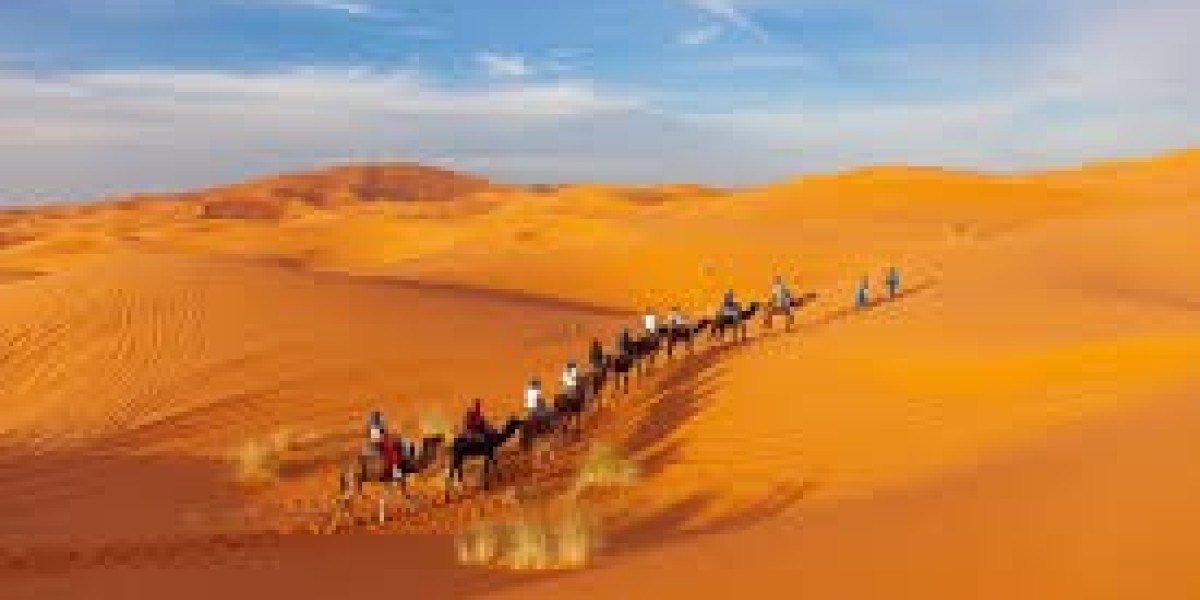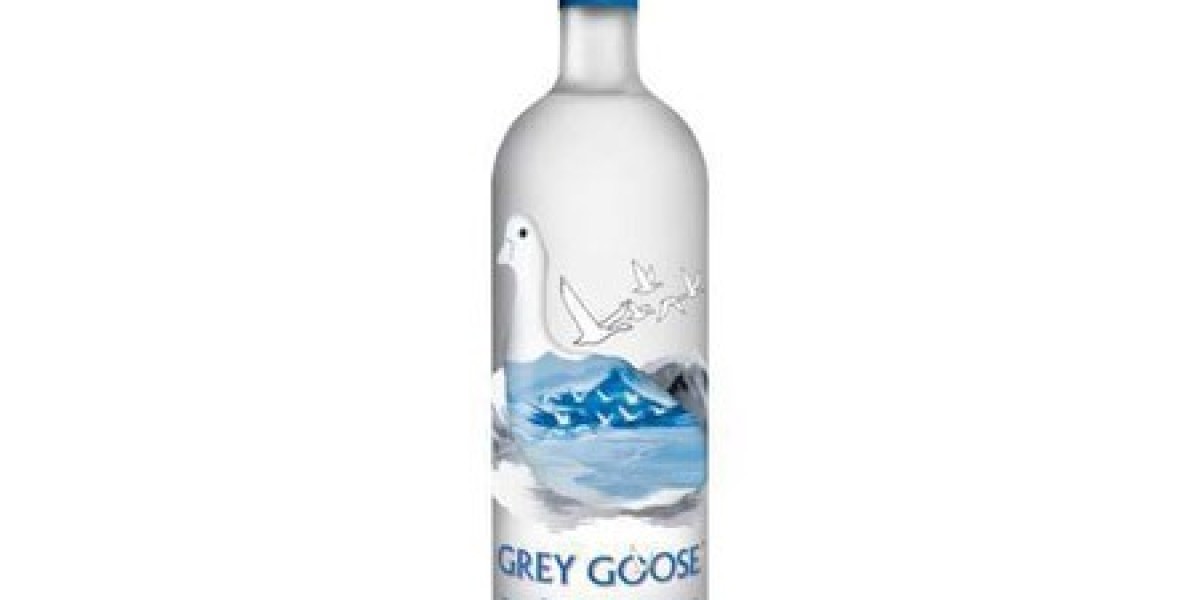Understanding the Desert Climate
Hot Days and Cold Nights
Deserts are known for extreme temperatures. During the day, the sun can be scorching, while at night, the temperature often plummets. This fluctuation requires thoughtful clothing choices.
The Importance of Layering
Since desert temperatures can change drastically, layering your clothing is key. You want to be able to add or remove layers easily to adapt to the changing conditions.
Footwear for Desert Safaris
Sturdy Boots vs. Sandals
While sandals might seem like a good idea for hot weather, they are not ideal for a desert safari. Sturdy, closed-toe boots offer better protection against the rough terrain and potential critters.
Breathability and Protection
Your footwear should be breathable to keep your feet cool, but also sturdy enough to protect against rocks, sand, and possible snake bites. Lightweight hiking boots are a great option.
Avoiding Blisters
To avoid blisters, make sure your boots are broken in before the trip. You can also wear moisture-wicking socks to reduce friction and keep your feet dry.
Clothing Choices for a Desert Safari
Loose-Fitting and Lightweight Fabrics
The key to desert clothing is loose-fitting, lightweight fabrics. These materials allow air to circulate and prevent overheating.
Why Cotton and Linen are Ideal
Natural fabrics like cotton and linen are perfect for desert safaris because they are breathable, absorbent, and help keep you cool.
Long Sleeves for Sun Protection
Though it may seem counterintuitive, long sleeves are your friend in the desert. They provide protection from the sun while still keeping you cool, especially when made from lightweight fabrics.
Keeping Cool While Staying Covered
Choosing light-colored clothing helps reflect the sun’s rays, keeping you cooler during the heat of the day.
Accessories You’ll Need
Wide-Brimmed Hats
A wide-brimmed hat is a must-have accessory. It shields your face, neck, and shoulders from the sun and prevents sunburn.
Protecting Your Face and Neck
Scarves or bandanas can offer additional protection from the sun, and they’re also useful for shielding your face from blowing sand.
Sunglasses to Combat Harsh Sunlight
The desert sun is intense, and wearing polarized sunglasses can protect your eyes from glare and harmful UV rays.
Essentials for Staying Hydrated
Bringing Enough Water
Staying hydrated is essential in the desert. Make sure to bring plenty of water to avoid dehydration.
Hydration Packs vs. Water Bottles
Hydration packs, like Camelbaks, are ideal because they allow you to sip water regularly without needing to stop. However, a reusable water bottle works well too, especially if it’s insulated to keep your water cool.
Practical Tips for Desert Adventures
Sunscreen and Skin Protection
Always apply sunscreen with a high SPF before heading out. The desert sun can burn you quickly, even on cloudy days.
Dealing with Dust: Scarves and Face Masks
Deserts can be windy, and sandstorms are not uncommon. Bringing a scarf or face mask can help protect your nose and mouth from dust.
Insect Repellent for Evening Safaris
Insects are usually more active at dusk. If your desert safari extends into the evening, be sure to bring insect repellent.
What to Wear for Night-Time Desert Safaris
Warm Layers for Chilly Nights
Even though the desert is hot during the day, it can get surprisingly cold at night. Pack warm layers like fleece jackets or lightweight insulated jackets.
Comfortable Pants and Base Layers
Comfortable, long pants are a must for staying warm at night. Consider wearing thermal or moisture-wicking base layers if you get cold easily.
The Importance of Breathability in Desert Clothing
How to Choose Breathable Fabrics
Choose fabrics that allow your skin to breathe, like moisture-wicking synthetics or natural materials like cotton.
The Benefits of Moisture-Wicking Materials
Moisture-wicking fabrics are great because they draw sweat away from your skin, keeping you dry and comfortable even in high temperatures.
Special Considerations for Women
Modesty in Dress
In some desert regions, modesty is important. It’s respectful to wear clothing that covers your arms and legs, especially in areas with conservative cultural values.
Practical Head Coverings
Head coverings like scarves or shawls not only protect you from the sun but can also be a sign of respect in certain cultures.
Cultural Respect in Desert Regions
Adapting to Local Dress Customs
When visiting desert regions, be mindful of local customs. Dressing modestly shows respect for the local culture, particularly in more traditional areas.
Avoiding Flashy or Revealing Clothing
Bright, flashy clothing or revealing outfits can be inappropriate in certain desert cultures. It’s best to stick to neutral, earthy tones and modest clothing.
What Not to Wear on a Desert Safari
Avoiding Tight Clothing
Tight clothing can restrict airflow and make you overheat quickly. Stick to loose-fitting garments that allow for easy movement.
Say No to Heavy Materials
Heavy fabrics like denim or leather are not suitable for the desert heat. Opt for lightweight materials that won't weigh you down.
Preparing for Different Activities
What to Wear for Dune Bashing
Dune bashing is an exhilarating activity, but it can get hot! Wear moisture-wicking clothes and shoes that protect your feet from the sand.
Camel Riding Attire
For camel riding, wear long pants to protect your legs and comfortable shoes that stay on securely.
Foot Care in the Desert
Sand-Resistant Socks and Shoes
If you're walking in sandy areas, consider sand-resistant socks to keep sand from irritating your feet.
Tips to Keep Your Feet Comfortable
Ensure your shoes fit well and that you wear moisture-wicking socks to prevent discomfort from the heat and sand.
Conclusion
A desert safari is a thrilling experience, but preparing for the environment is key. From sturdy footwear and breathable fabrics to sun protection and hydration, these tips will help you enjoy your adventure safely and comfortably.








